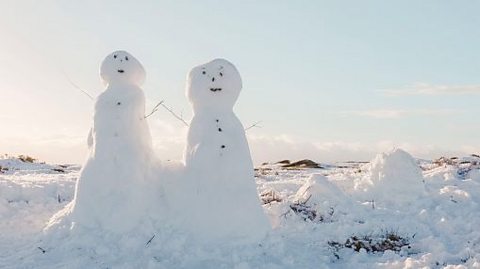It's cold and dark during winter. No wonder our days feel so short.
Once the clocks go back in October, our days have less and less sunlight until we reach the winter solstice.
What is it? It's the day of the year that has the least amount of daylight. It happens when the part of the world you are in is pointed away from the Sun during the Earth’s orbit and getting the least light. The Earth sits on a tilted axis so for places in the Northern Hemisphere it happens on the 21 or 22 December and in the South it happens on 21 or 22 June. In 2023, the winter solstice takes place on Friday 22 December.
The solstice is a cause for celebration in some places and cultures, as В鶹№ЩНшКЧТіИлїЪ Bitesize found out.
Soyal (Arizona)
Soyal is the winter solstice celebration of the native Hopi tribe that live in what is now Northwestern Arizona in the USA.
Soyal ceremonies take place to welcome the Sun back after its winter sleep and is seen as a time for purification. The Hopi welcome protective spirits called kachinas down from the mountains and prayer sticks are made to carry out rituals and blessings. There’s also lots of dancing!
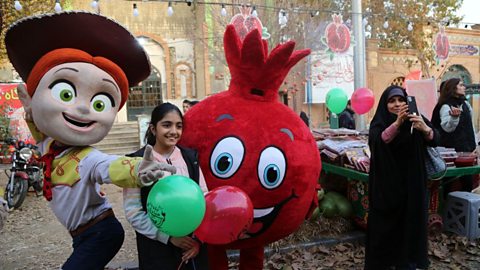
Yalda (Iran)
Yalda or Yalda Night is an ancient Persian festival that still takes place today on the longest night of the year.
It celebrates the eve of the birth of the Sun god Mithra, the renewal of the Sun and the victory of light over dark.
Family and close friends gather together often staying awake the entire night to welcome the Sun in the morning. Foods such as pomegranates and seeds are eaten because they are believed to protect people from becoming ill over the winter.
St Lucia’s Day (Scandinavia)
St Lucia’s Day festival of light is celebrated on 13 December to bring light and hope to the darkest time of the year.
Girls dress up in white robes and wear wreaths of candles on their heads to honour St Lucia (also known as St Lucy) who was a Christian killed by the Romans in 304 CE because of her religious beliefs.
Modern day celebrations have been mixed with earlier Norse traditions such as lighting fires to scare off evil spirits. It also marks the beginning of the Christmas season.
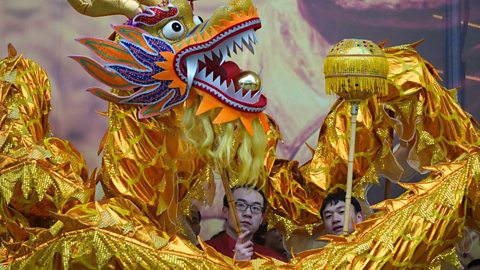
Dong Zhi Festival (China)
Dongzhi is an important festival in the Chinese calendar and roughly translates as “winter’s arrival” or “winter’s extreme”.
Traditionally, it was a time to celebrate the end of a harvest and reflect on the past year. Today, families still get together to celebrate, cooking large meals with traditional foods such as rice balls called tang yuan.
Inti Raymi (Peru)
This solstice celebration comes in June because of Peru’s location in the Southern Hemisphere.
Inti Raymi or Sun Festival was one of the most important festivals for the ancient Inca Empire and took place to worship the Sun god Inti.
In the past, animal and sometimes even human sacrifices took place. That doesn't happen today - a symbolic sacrifice is staged instead involving an animal, such as a llama, although the animal comes to no harm.
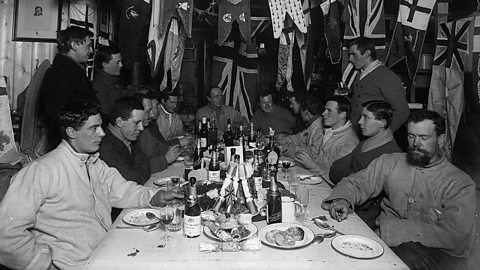
Midwinter’s Day (Antarctica)
This one also takes place in June and is definitely the coldest winter solstice celebration there is!
After weeks of darkness, scientists based at some Antarctic research stations celebrate the slow return of the Sun by cutting a hole in the ice and going for a freezing cold soak. It's a chilly tradition that’s been taking place for decades. There's often a big celebration meal with gifts too.
В鶹№ЩНшКЧТіИлїЪ World Service also organises an Antarctic Midwinter Broadcast on the day, with music requests and special messages for those based out there.
This article was first published in December 2023.
From the abominable snowman to St Nicholas: How well do you know these legendary winter figures?
В鶹№ЩНшКЧТіИлїЪ Bitesize takes a look at the long-lasting legacies of our favourite fabled winter characters.

We spoke to Dr Sylvia Knight of the Royal Meteorologist Society to answer six very important cold weather questions.
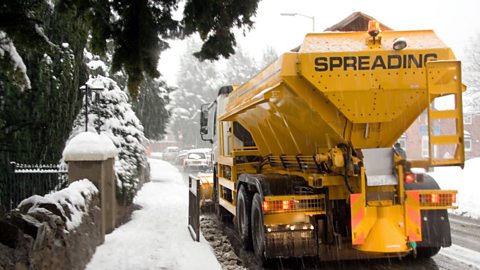
The history and science of snowmen
Building snowmen is a staple part of a snowy winter - but why and how do we do it?
